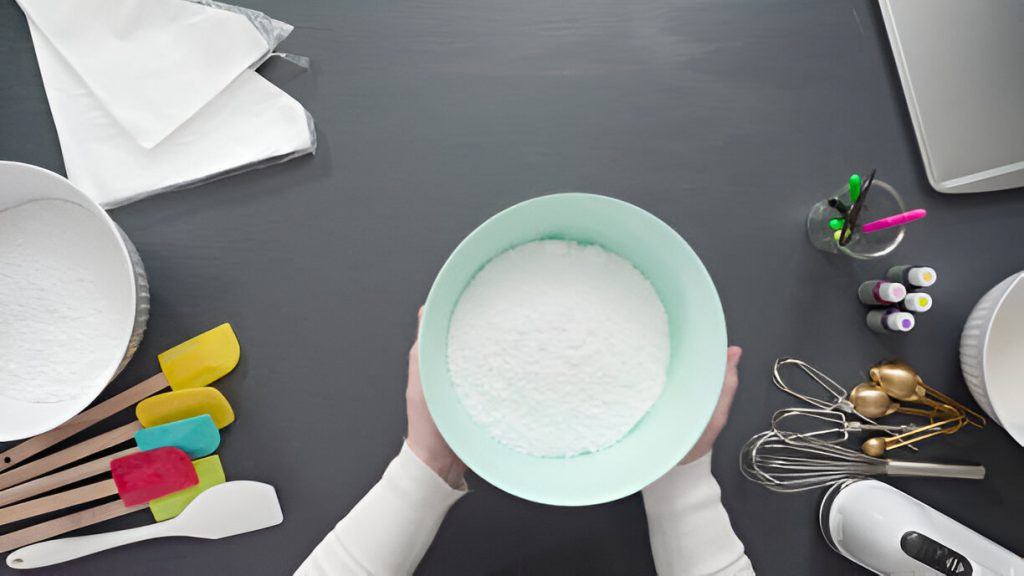Do you ever struggle to get your morning coffee just right? Imagine waking up to the aroma of a perfectly brewed pot waiting for you. In this guide, we’ll show you how many scoops of coffee you need for 12 cups, ensuring each sip is as satisfying as the last. Let’s dive into the world of coffee measurements and find out how to achieve that ideal cup every time.
Understanding Coffee Measurements
Let’s make sure we understand how to measure coffee properly. When it comes to brewing techniques, the key lies in getting the right balance between coffee grinds and water ratio. For a flavorful brew, ensure you use the correct amount of coffee for the number of cups you’re making. The ideal brewing time can vary based on your preferences and the type of coffee you’re using. Experimenting with different brewing times can help you discover new flavor profiles that suit your taste buds best. Remember, adjusting these factors can enhance or alter the taste of your coffee, so don’t be afraid to play around until you find your perfect cup!
Importance of Proper Coffee Ratio
Ensure you maintain the proper ratio to achieve the best flavor in your brew. Brew ratios are crucial for achieving a perfect cup of coffee. Finding the ideal balance between coffee grounds and water is essential for flavor balance. The consistency challenge lies in replicating that delicious taste every time you brew a new pot. Brewing precision is key; slight variations can significantly impact the final result. Consider your taste preferences when adjusting your brew ratios – some may prefer a stronger coffee flavor, while others may enjoy a milder taste. Experimenting with different ratios will help you find what works best for you and ensure a consistently enjoyable cup of coffee each time.
Coffee Scoops Vs. Weight
Maintaining the proper ratio by weighing your coffee grounds can lead to more consistent and flavorful brews. When it comes to brewing methods, accuracy is key in achieving that perfect cup of coffee. Using a kitchen scale offers convenience and ensures precision in your measurements. Measuring tools like scoops may not always provide the uniformity needed for a balanced flavor profile.
| Coffee Beans | Consistency | Grinding Beans |
|---|---|---|
| Brewing Methods | Accuracy | Kitchen Scale |
| Measuring Tools | Precision | Uniformity |
Factors Affecting Coffee Strength
To adjust the strength of your brew, consider experimenting with variables like grind size and water temperature. Here are three key factors that can affect the strength of your coffee:
- Grind Size: The coarseness or fineness of your coffee grounds plays a significant role in how strong your coffee turns out to be. Finer grinds generally lead to a stronger brew, while coarser grinds result in a milder flavor.
- Water Temperature: The temperature at which you brew your coffee impacts its strength. Hotter water tends to extract more flavors and caffeine from the beans, resulting in a stronger cup.
- Brew Time: Allowing your coffee to steep for longer periods can intensify its strength by extracting more compounds from the grounds.
Finding Your Preferred Coffee Strength
Discover your ideal coffee strength by experimenting with different grind sizes, water temperatures, and brew times until you find the perfect balance for your taste preferences. Your coffee preferences are unique, so trying out various brewing techniques and methods is key to achieving that ideal cup. Adjusting the grind size can affect the extraction rate and ultimately impact the coffee strength. Consider how water temperature influences flavor extraction during brewing; it plays a significant role in determining your preferred taste preferences. Brew times also contribute to coffee strength, so finding what works best for you is essential. By exploring these factors and understanding how they interplay, you’ll be able to tailor your brew to match your desired coffee strength perfectly.
Experimenting With Coffee Scoops
Experimenting with scoops can help you determine the right amount of grounds for your preferred coffee strength.
- Scoop Variations: Different scoops may vary in size, affecting the strength of your brew.
- Brewing Techniques: Adjusting brewing methods alongside scoop experimentation can enhance or mellow out flavors.
- Taste Testing: Sampling your coffee at each stage of experimentation is crucial to finding the perfect balance.
When exploring these factors, consider how roast levels and brewing time also play a role in achieving your desired coffee profile. By tweaking scoop sizes, trying various brewing techniques, and conducting taste tests throughout the process, you’ll be on your way to crafting a cup of coffee that suits your preferences perfectly.
Adjusting for Different Coffee Types
When adjusting for different types of coffee, you should consider the grind size and water temperature to achieve the best flavor extraction. Roast varieties play a significant role in coffee flavor. Light roasts offer a more acidic and fruity taste, while dark roasts provide a bolder and smokier profile. Experiment with different grind sizes depending on your brewing method; coarse grinds are suitable for French press, while fine grinds work well for espresso. Bean origins influence flavor complexity; Ethiopian beans offer floral notes, while Colombian beans give a balanced taste. Understanding these factors will help enhance your coffee experience by tailoring it to your preferences. So next time you brew your cup of Joe, take into account roast varieties, grind sizes, brewing methods, bean origins, and flavor profiles for a customized delight.
Tips for Consistent Coffee Flavor
To maintain a consistent coffee flavor, ensure you use the same grind size and water temperature each time you brew. Here are three key tips to enhance your coffee experience:
- Experiment with Flavor Profiles: Try different beans from various coffee origins to discover unique taste profiles that suit your palate.
- Master Brewing Techniques: Understand the importance of the brewing process in extracting flavors effectively; try methods like pour-over or French press.
- Explore Roasting Methods: Experiment with light, medium, and dark roasts to find the perfect balance that complements your preferred flavor intensity.
Measuring Coffee for Large Gatherings
When preparing coffee for large gatherings, getting the right coffee quantities is essential to ensure everyone gets their caffeine fix. Measuring techniques play a crucial role in achieving that perfect brew for your crowd. Brewing challenges may arise when scaling up your usual recipe, so it’s important to adjust accordingly. To tackle this, consider using a coffee scoop that matches the size of your pot and follow a standard ratio like one scoop per cup for consistent flavor. Gathering tips include pre-measuring your coffee grounds before the event, allowing you to brew seamlessly on the big day without any last-minute stress. With these measuring techniques and gathering tips in mind, you’ll be ready to impress your guests with a delicious batch of coffee!
Converting Coffee Measurements
You’ll find it beneficial to understand how to convert measurements when adjusting your coffee recipe for different serving sizes. When delving into coffee conversion, simplifying calculations can make the process smoother and less daunting. Here are a few tips to help you navigate this realm effectively:
- Scoop accuracy: Ensure consistent results by maintaining measuring precision with each scoop of coffee.
- Brewing techniques: Mastering ratios is crucial for achieving the perfect brew every time, especially when adjusting quantities.
- Flavor profiles: Explore variations in your recipes to discover new taste dimensions and enhance your coffee experience.
Final Thoughts on Brewing 12 Cups
Exploring different flavor profiles can lead to an enhanced coffee experience when brewing a batch of 12 cups. When considering brewing techniques for a larger serving size, it’s essential to pay attention to the grind size, water temperature, and brew time to extract the best flavors. Different beans and roasts offer unique flavor profiles that can be highlighted through specific brewing methods. To ensure optimal results, having the right equipment needed, such as a quality grinder and brewer, is crucial. Time management plays a key role in preparing a delicious pot of coffee for 12 cups while maintaining freshness. Lastly, understanding the serving size is important as it dictates the amount of coffee grounds required per batch.
| Brewing Techniques | Flavor Profiles | Equipment Needed |
|---|---|---|
| Grind Size | Unique Flavors | Quality Grinder |
| Water Temperature | Highlighted Notes | Brewer |
| Brew Time | Beans & Roasts |
Time Management: Crucial for freshness.
Serving Size: Determines coffee grounds needed.




